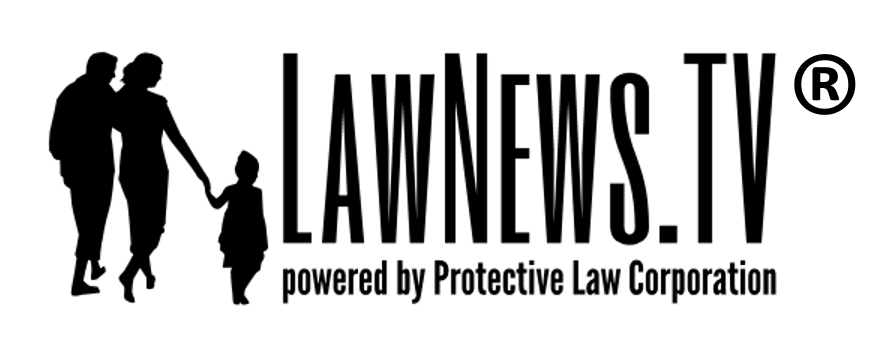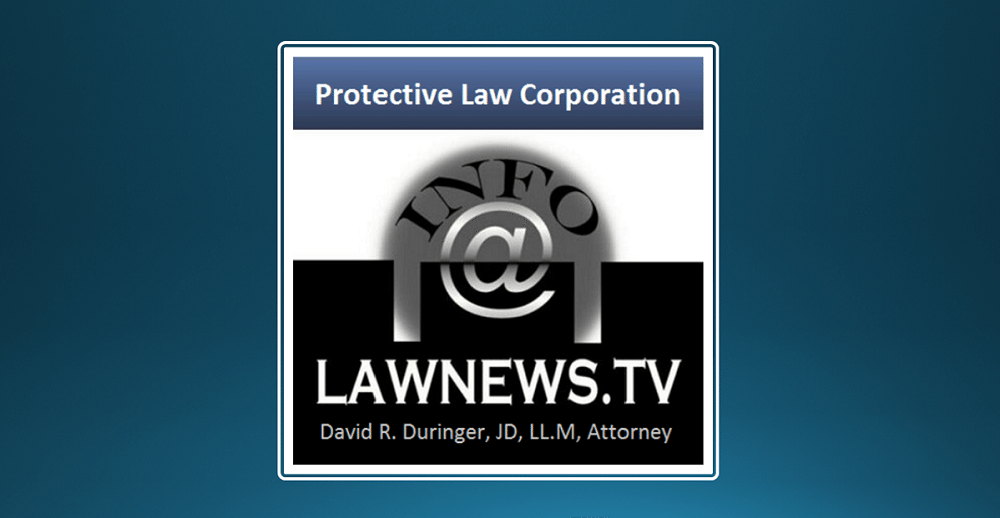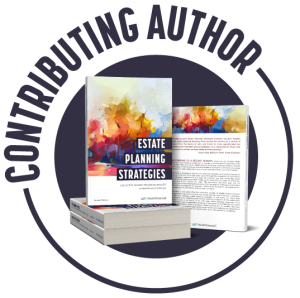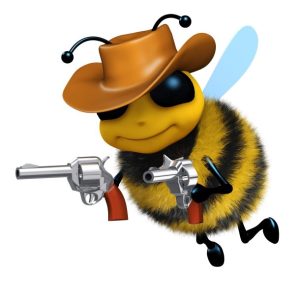The Ninth Circuit panel in the May and Carralero (“May v Bonta”) sensitive places cases yesterday issued its opinion, written by Judge Graber (i promise to refrain from adding another b to her name), which, if not soon corrected by en banc ruling (either on motion, or sua sponte by other circuit judges) or quick action at the district court level (final judgment with permanent injunction — SCOTUS has indicated it will not take interlocutory appeals, before final judgment), will result in immediate, mass deprivation of the right of Californians to defend themselves from death or serious bodily harm.
First, a brief history (and pre-history) of the case. The US Supreme Court in Bruen set a high bar for most gun control, requiring that it be consistent with our nation’s historical tradition of firearm regulation (most likely determined at 1791 Founding, possibly up until 1868 ratification of Fourteenth Amendment). A modern gun law need not be identical, but must at least be analogous (relevantly similar) in terms of both “why” and “how” it addresses a problem (comparable burden, comparably justified). See Bruen and Rahimi, which also dismissed the idea of broad restrictions on citizens never adjudged to be a threat (amazingly, California is now restricting Californians who have on average LESS criminal history than cops and in many cases have more training than most cops). California recognized it had to make concealed carry (CCW) permits easier to get so they ditched the good cause requirement, pitching moral character instead, but when they realized that wouldn’t work, they came out with a new CCW issuance scheme (SB2), eliminating both of those subjective criteria but also placing much of California off limits even to licensed, trained CCW holders, under a crazy broad view of the “sensitive places” justification for carry prohibition. [Even Heller which only briefly mentioned this category of “sensitive places” prohibitions, qualified them as “longstanding”, and Bruen, which added some discussion on this point and even acknowledged that new, modern sensitive places could be protected by analogy, refused to extend the sensitive places carry prohibition to wide areas simply because they are crowded and protected by police. Yet here, Judge Grabber (that was fun) extends the sensitive places carry prohibition to extremely remote areas with absolutely NO police protection, totally ignoring the individual’s right to self-defense!] Litigation ensued, and May and Carralero were ultimately victorious in obtaining at the district court level a preliminary injunction against some, but not all, of the place restrictions under SB2. There was some back and forth, but ultimately the Ninth Circus (different ring i mean panel) agreed that in a case where these constitutional rights are at risk, preliminary injunction is necessary to preserve the status quo. That is why it’s a very big deal that part of the preliminary injunction was reversed by the Ninth Circus. Californians en masse just suffered a gross deprivation of their constitutional rights, a mass impaling by the pen of Judge Grabber!
What exactly did the panel rule? Various summaries of the ruling are rapidly spreading by web and email. From the opinion syllabus:
Applying these principles to the California statute, the panel affirmed the district court’s preliminary injunction to the extent that it enjoins restrictions on firearms at hospitals and similar medical facilities, public transit, gatherings that require a permit, places of worship, financial institutions, parking areas and similar areas connected to those places. The panel also affirmed the district court’s preliminary injunction with respect to the new default rule as to private property. The panel reversed the preliminary injunction to the extent it enjoins restrictions prohibiting firearms at bars and restaurants that serve alcohol, playgrounds, youth centers, parks, athletic areas, athletic facilities, most real property under the control of the Department of Parks and Recreation or the Department of Fish and Wildlife, casinos and similar gambling establishments, stadiums, arenas, public libraries, amusement parks, zoos, and museums; parking areas and similar areas connected to those places; and all parking areas connected to other sensitive places listed in the statute.
In the immediate, technical sense of the above summary, “affirmed” is good and “reversed” is bad. But as fellow attorney “jdracing” on calguns.net has also pointed out, i caution anyone from taking solace in the panel’s affirming the preliminary injunction against California’s so-called “vampire rule” for private property, which would have made it a crime for any CCW holder to carry a firearm into a commercial establishment unless the establishment had posted the required sign saying guns are allowed (ie, welcoming vampires). Without that vampire rule, we vampires can fly around from window to window with impunity regardless of any stupid signs, without even having to be concerned about guilt for trespass unless and until a shopkeeper sticks out his… neck… and asks us to leave. At that point, good vampires leave and bad vampires are guilty of trespass, and possibly other things they should feel guilty about. The panel’s only problem with California’s vampire rule was that consent was only allowed in this rigid, prescribed manner, not as flexible as Hawaii’s vampire rule which allowed verbal and written consent. (The panel reversed the preliminary injunction for Hawaii’s rule.) So all California needs to do under this panel opinion is to pass (very quickly on an expedited, emergency basis) changes making its law treat California vampires the way Hawaiian vampires are treated. [The panel upheld the vampire rule citing very thin precedent, not any kind of a national tradition, obviously insufficient to satisfy Bruen and there is little doubt SCOTUS will at some point, possibly soon, resolve the split by driving a stake into the vampire rule, restoring the private property default rule now extant in California.]
On what were these rulings based? I won’t go into detail on the “wins” (hospitals and similar medical facilities, public transit, gatherings that require a permit, places of worship, financial institutions, parking areas and similar areas connected to those places) other than to point out they are not really “wins” because concealed carry will always be under attack until it disappears. Out of sight, out of mind. Private property owners can still eject (or bar, once vampire rule is “fixed”) gun owners from their premises, and this private oppression and frustration of an individual right will become commonplace as society goes woke. Keep in mind, politics and courts are downstream of culture. Years ago when it was legal, I demonstrated open carry in my neighborhood. Fellow gun owners would complain that such demonstrations were to blame for getting open carry banned. Really? What caused SB2? I rest on firmer ground when i say that the refusal of gun owners (from gun orgs all the way down) to rigorously defend open carry brought us to where we are today. Open carry is ultrasound for the Second Amendment!
What about the “losses”?
Parks and similar areas (Beaches, for example)
Judge Grabber rests her opinion on the notion that public green spaces of 1791 differ so much from modern parks they are not relevantly similar. [Contrast this with her take that modern banks are relevantly similar to banks in 1791. While appellate courts may rely on the record, they are certainly not bound by the record as a constraint, especially where lives are at stake.]
She admits that most of the laws banning carry at parks were enacted post-1868, but points out that SCOTUS in Bruen blessed school carry bans circa 1824, thirty years after Founding. However she fails to point out that with those school bans, only students were prohibited from carrying, not teachers and staff. So the schools were very safe back then. Those in charge were armed; the kids were not popping psych pills; nor were they opting for irreversible gender reassignment in macabre Frankensteinian labs.
Judge Grabber’s crazy broad interpretation of a sensitive places analysis fails to take into account the central, essential focus on the right of self-defense as the primary principle underpinning the Second Amendment. SCOTUS acknowledgement of “longstanding” prohibitions of carry at sensitive places does not mean it will ignore the individual right of self-defense where no other protection is likely. Many parks are such places, too remote to count on police protection, especially considering SB2’s broad inclusion of all areas controlled by Department of Parks and Recreation and Department of Fish and Wildlife.
Judge Grabber relies on Rahimi’s strict treatment of facial challenges, yet ignores Rahimi’s aversion to broad restrictions on those who have not been adjudged dangerous by a court. The panel is shockingly insensitive to the danger created to users of parks in remote areas and this danger will support a claim that SB2 is facially invalid due to unconstitutional overbreadth.
Playgrounds and Youth Centers
Again, the panel claims that modern playgrounds differ too much from playgrounds at the Founding to be relevantly similar. [But banks haven’t changed a bit since 1791!]
The panel analogizes to schools, but again schools in 1824 only banned students from carrying, not teachers and staff.
Teachers and police will not likely be around to protect kids at a playground and frankly nowadays teachers may be the greater threat.
Kids must always be defended and at most playgrounds, parents and grandparents are best able to defend them from random kidnapping, random gender reassignment, or other random violence.
Again, the essence of 2A is self-defense.
Again, SB2 is unconstitutionally overbroad as it includes playgrounds too remote (definitely in remote parks, but even as to urban parks in some circumstances) to be adequately protected.
Bars and Restaurants that serve Alcohol
The precedent, not even close to Founding era and mainly after 1868, concerned ballrooms and social gatherings where there was a mixture of crowds and alcohol. Security could be provided in other ways at such balls. New Orleans is the only example somewhat close to Founding, in 1817, but New Orleans is kind of special when it comes to disarming individuals. The other regs keeping militiamen separate from alcohol in colonial times, were long before the Founding, by several decades, and not relevantly similar to modern laws depriving individuals of their right of self-defense even though no court has adjudged them to be a danger to anyone.
Again, Bruen specifically rejected the notion of prohibiting carry simply because of crowds and availability of police with crowds.
In an uncrowded bar or restaurant, police are not likely to be available in time for anything but the report and disposition of remains. Again, the essence of 2A is self-defense.
Places of Amusement
Judge Grabber writes that: “Casinos, stadiums, amusement parks, zoos, museums, and libraries did not exist in modern form at the Founding.” [But again, she thinks banks haven’t changed a bit!]
Again, this is an attempt to use laws as precedent which even post-date ratification of 14A.
While these areas are typically crowded and may be covered better by police, the principal command of 2A is to allow the individual to defend himself with arms, where he has not been adjudged by a court to be dangerous to others.
CONCLUSION
This panel decision sharply curtails the right of individual Californians to bear arms in such a sudden and pervasive way that in many cases, exercise of the right will be frutrated or impossible, or alternatively in many cases, the restrictions ignored, putting peaceable citizens in legal jeopardy simply for protecting their families. The curtailment is so sharp and sudden that it gives me some hope of speedy correction whether by en banc review, or a quick final judgment in district court, or perhaps by the legislature itself as it faces an electorate angry at being taken for fools and energetically inclined to disinherit woke.








